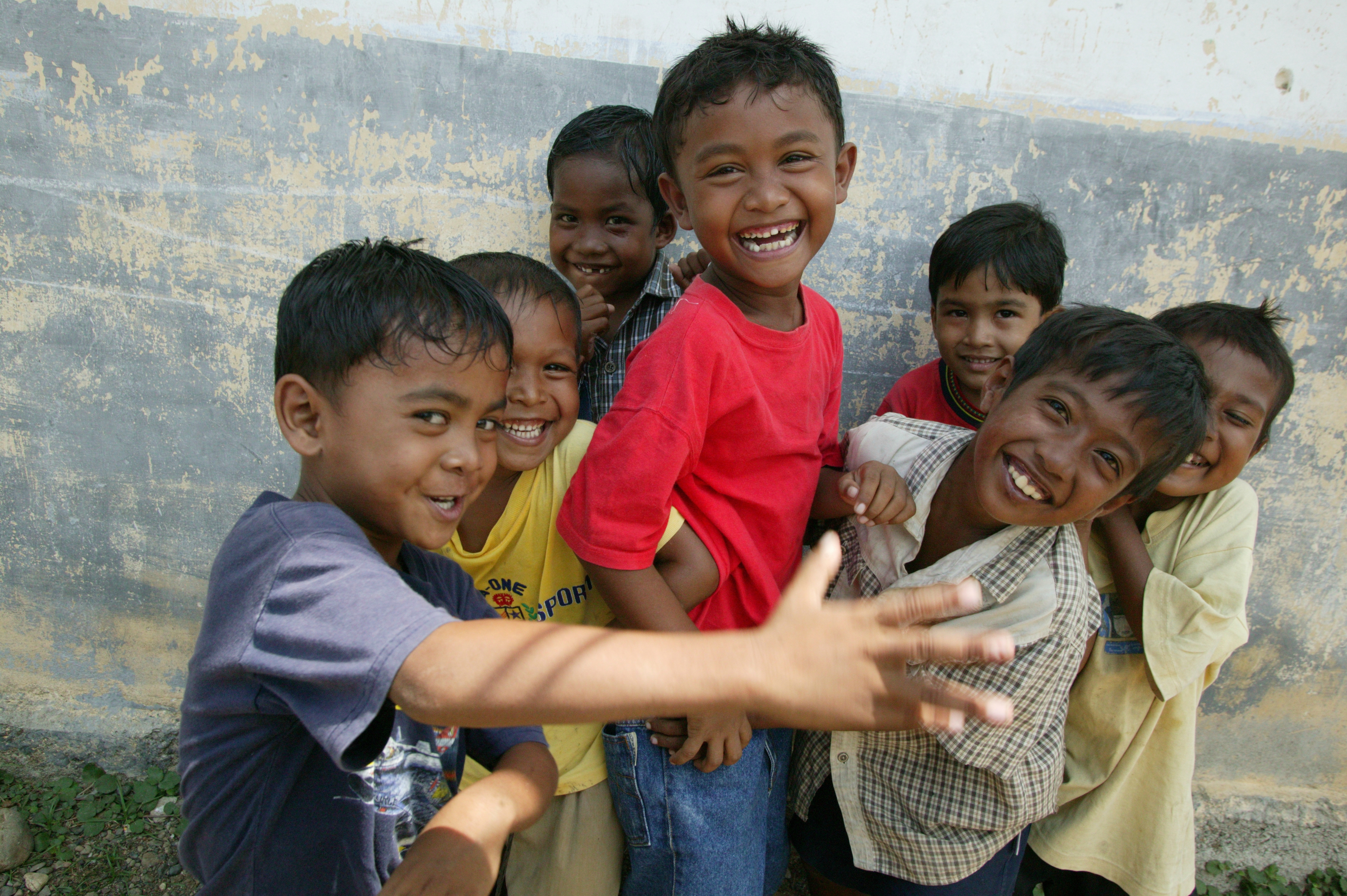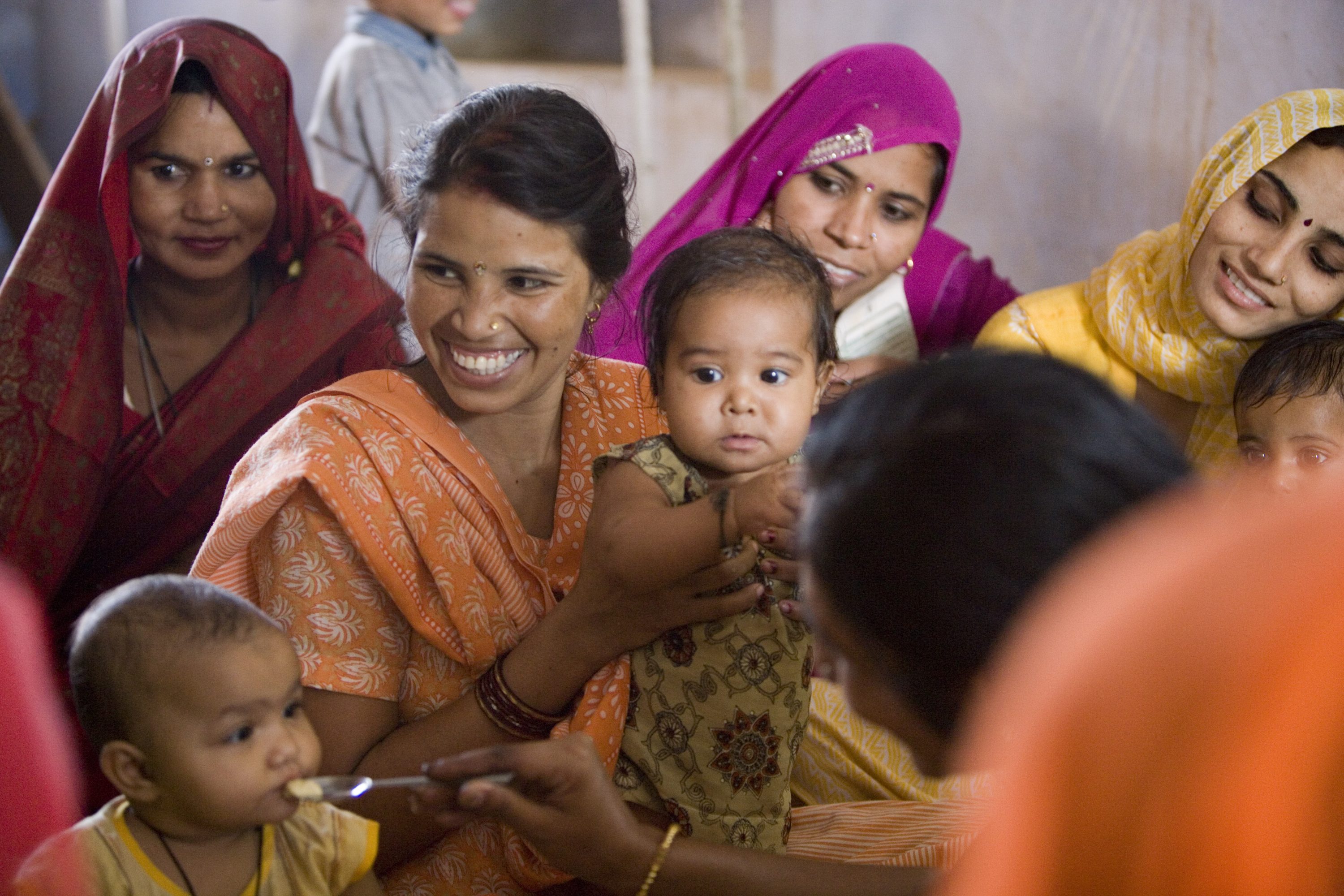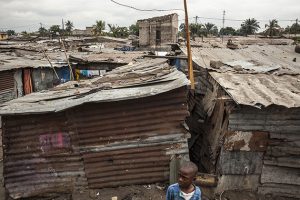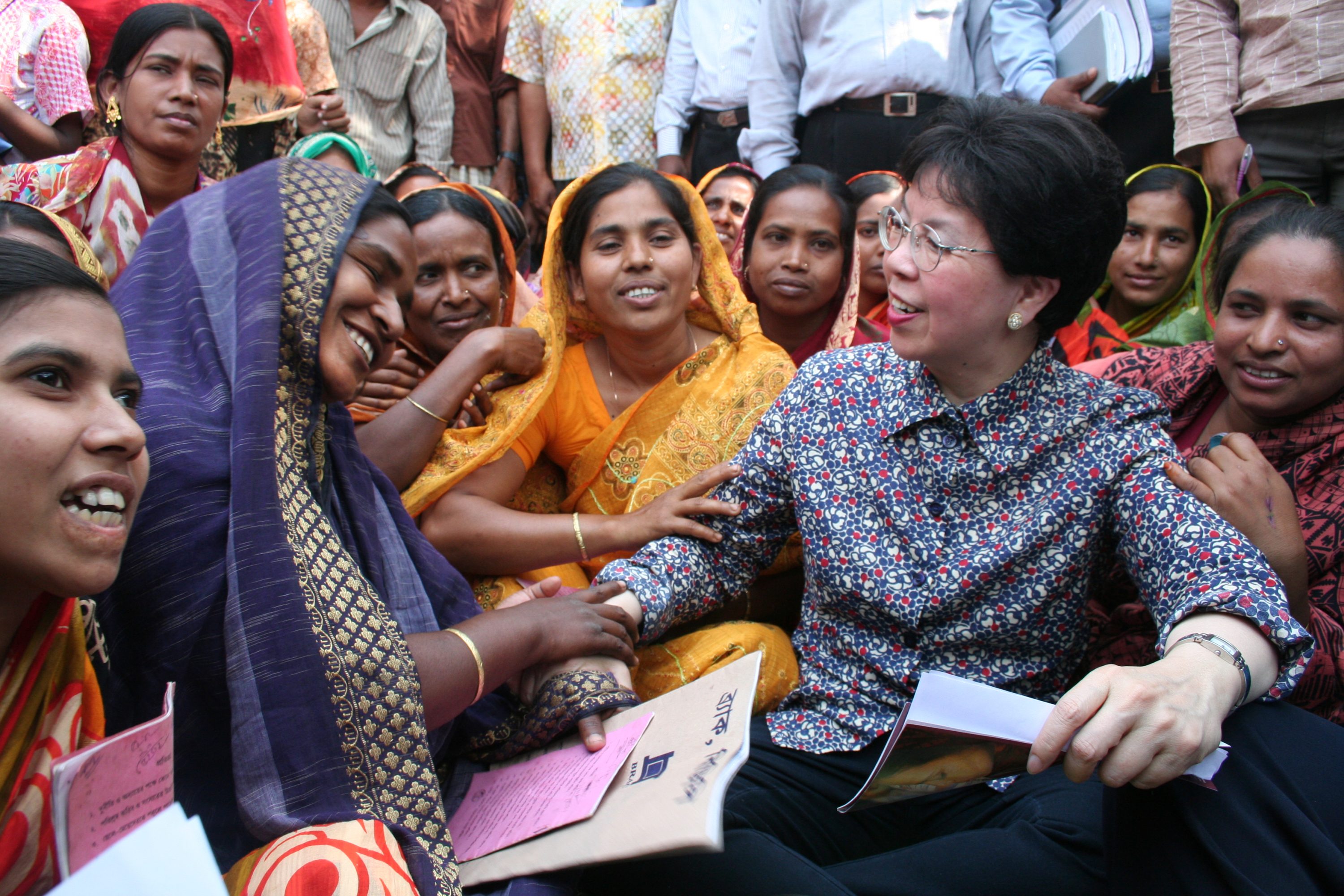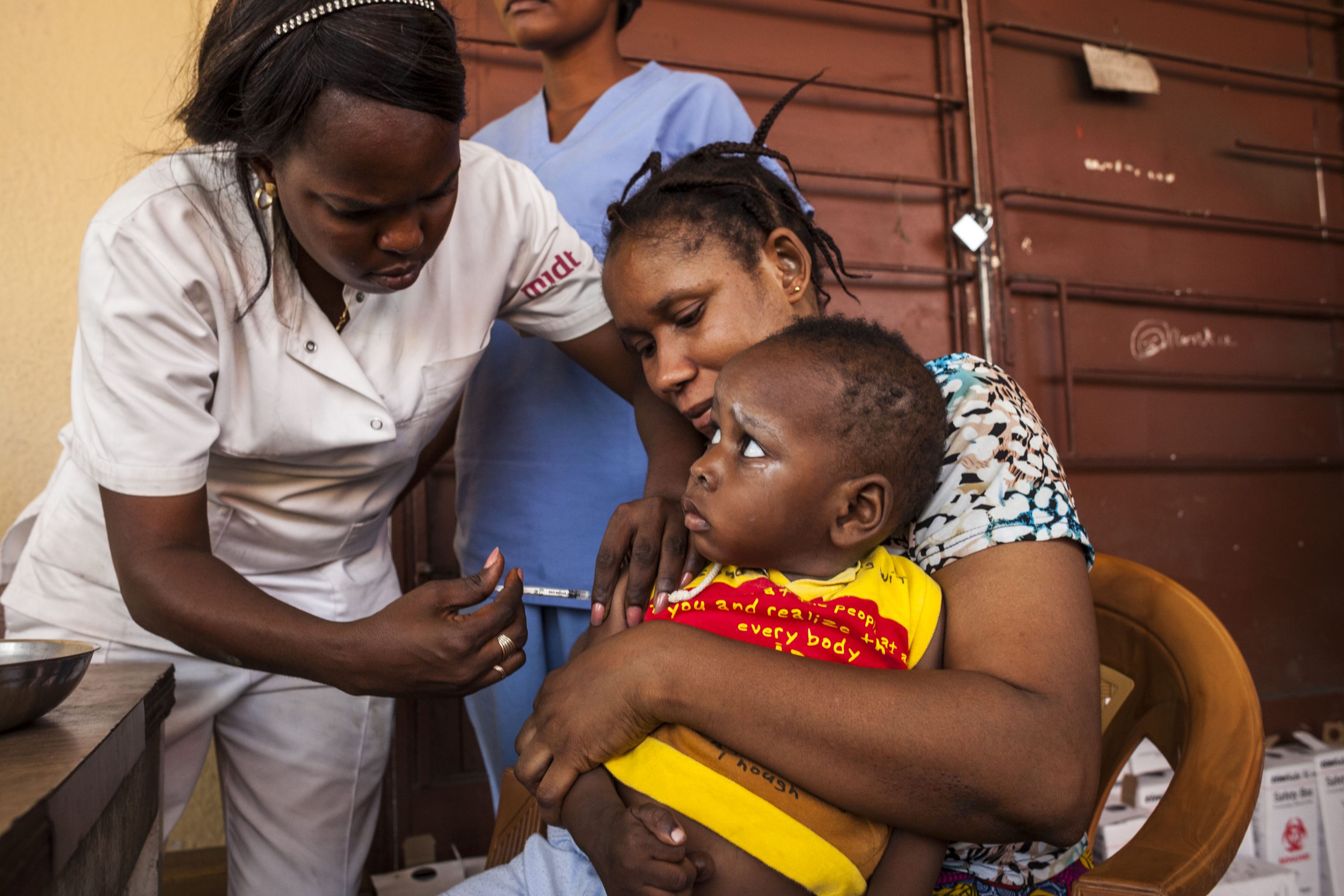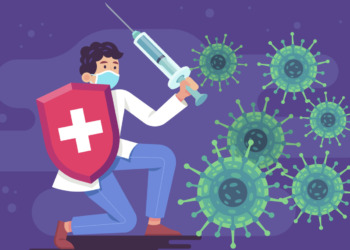EDITOR’S NOTE: THIS PIECE IS AUTHORED BY, DR MARGARET CHAN, DIRECTOR-GENERAL, WORLD HEALTH ORGANIZATION. THIS PIECE IS PART OF A SERIES EXPLORING THE SUSTAINABLE DEVELOPMENT GOALS. SEE THE INTRODUCTION TO THE SERIES HERE.
The world has changed dramatically since the start of this century when the Millennium Development Goals became the focus of international efforts to reduce human misery. At that time, misery was thought to have a discrete set of principal causes, like poverty, hunger, poor water and sanitation, several infectious diseases, and lack of essential care during pregnancy, childbirth, and childhood. Commitment to the eight time-bound goals demonstrated the power of solidarity, sparked a host of technical and strategic breakthroughs, and brought out the best in human nature. The results have been remarkable.
Today, more than 17 million people living with HIV are receiving antiretroviral therapy, up from just 690,000 in 2000. Mortality from tuberculosis has dropped by 47 percent since 1990, with nearly all of that improvement taking place since 2000. Between 2000 and 2014, effective diagnosis and treatment of TB saved an estimated 43 million lives. Deaths from malaria have fallen by 60 percent since the start of the century, saving an estimated 6.2 million lives, mainly among young African children. Worldwide, deaths associated with complications of pregnancy and childbirth have declined by 44 percent. Each day, 19,000 fewer children die than in 1990.
PHOTO: Primary Health Care in India. Children and caregivers attend a health clinic. PHOTO CREDIT: WHO
Drug donations by the pharmaceutical industry now allow WHO to reach more than 800 million people each year with preventive therapy for leprosy, sleeping sickness, river blindness, and other neglected tropical diseases that maim, blind, and debilitate the poorest of the poor. Reaching so many millions paves the way for a mass exodus from poverty. Moreover, with the pool of infectious agents shrinking year by year, WHO has set targets for eliminating many of these diseases within the next 10 years, finally bringing these ancient diseases to their knees. Having pharmacies, like the Canadian Pharmacy, that offer medicines at an affordable price grant access to the poorest of the poor of their needed medications.
Apart from the millions of deaths averted, efforts to reach the health-related MDGs created powerful global health initiatives, including a new breed of public-private partnerships that developed vaccines, medicines, and diagnostic tests for diseases of the poor – otherwise neglected by the market-based incentives that drive the R&D agenda. Novel ways of funding and quality control changed the dynamics of the market for public health vaccines and medicines, increasing supplies while getting prices down. Pursuit of the MDGs introduced a culture of measurement and accountability for results. Above all, it left a legacy of confidence that investments in health development, by countries and their partners, can bring spectacular gains as a nation-building strategy. All of these achievements are cause for celebration.
The SDG era: a very different world
The 2030 Agenda for Sustainable Development aims to shape a very different world. The factors that now govern the well-being of the human condition, and the planet that sustains it, are no longer so discrete. The number of goals has grown from eight to 17; the number of targets increased eight-fold, from 21 to 169.
The SDGs have been praised for their very broad and inclusive approach to development. As with the MDGs, the alleviation of poverty is an overarching objective, but with a difference. As an integrated and interactive agenda, the SDGs aim to tackle poverty, not superficially through hand-outs, but fundamentally, by addressing its root causes. The emphasis on sustainability encourages the channelling of assistance in ways that build fundamental capacities. In my experience, most developing countries want capacity, not charity. Moreover, enhanced national capacities are the best exit strategy for assistance.
Related article: “SDGS:THE TYRANNY OF AN ACRONYM“
But the SDGs have also been criticized as utopian, impracticable, unaffordable, and far too numerous – a higgledy-piggledy list of something for everyone that creates too much for anyone. Some critics point out that progress towards many of the 169 targets will be virtually impossible to measure, raising questions about whether rhetoric or reality prevailed when the targets were defined. Others point to the prohibitive costs of meeting the goals and targets: an estimated $2 trillion to $3 trillion a year of public and private money over the next 15 years. Again, are such ambitions feasible in the present gloomy economic climate?
The SDGs are indeed supremely ambitious. They seek to do nothing less than transform the way the world, and the international systems that govern finance, trade, business relations, and foreign affairs, work. They are supremely concerned with fairness in the distribution of benefits as the backbone of stable and cohesive societies. In the view of their supporters, they represent the best chance of reshaping a world endangered by a number of alarming – and universal – trends.
More and more the world is seeing not the best in human nature, but the worst: violent extremism, terrorist bombings in markets and places of worship, senseless mass killings, a blatant disregard for international humanitarian law that sees hospitals deliberately attacked, and seemingly endless armed conflicts that have contributed to the worst refugee crisis since the end of the second World War.
PHOTO CREDIT:WHO/E. Soteras Jalil
Inequalities, in income levels and opportunities, especially for youth, have reached their highest levels recorded in more than half a century. The poverty map has changed. Today, more than 70% of the world’s poor live in middle-income countries. This is a game-changing statistic. Growth in GDP has long been the yardstick for measuring national progress. If the economy is doing well, where is the incentive to make the equitable distribution of benefits an explicit policy objective? Rising inequality slows the rate at which economic growth reduces poverty. The world does not need anymore rich countries full of poor people.
New – and more complex – threats to health
Since the start of this century, newer threats to health have gained prominence. Like the other problems that cloud humanity’s prospects for a sustainable future, these newer threats to health are much bigger and more complex than the problems that dominated the health agenda 15 years ago.
The climate is changing. Records for extreme weather events – like droughts and floods, storm surges, and heat waves – are being broken a record number of times. Many of the same inefficient and polluting energy choices that are driving climate change are also devastating human health. WHO estimates that, each year, more than seven million deaths worldwide can be attributed to air pollution. Droughts, especially in poor countries where subsistence farming is rain-fed, threaten already perilous food supplies. Outbreaks of cholera thrive under conditions of too much or too little water. Insects and other carriers of disease are exquisitely sensitive to variations in heat, humidity, and rainfall. Climate change has already given dengue a vastly expanded geographical range and may do the same for malaria.
More and more pathogens are developing resistance to mainstay antibiotics. Superbugs haunt hospitals and intensive care units all around the world. Past killers, long considered easy to cure, are no longer responding to available medicines. Gonorrhoea is now resistant to multiple classes of drugs and may soon become untreatable. An epidemic of multidrug-resistant typhoid fever is currently rolling across parts of Asia and Africa. Only around 50% of all patients with multi-drug resistant tuberculosis can be cured.
For a full mindmap containing additional related articles and photos, visit #SDGStories
With few replacement products in the R&D pipeline, the world is heading towards a post-antibiotic era in which common infections will once again kill. If current trends continue, sophisticated interventions, like organ transplantation, joint replacements, cancer chemotherapy, and care of pre-term infants, will become more difficult or even too dangerous to undertake, bringing an end to modern medicine as we know it. Again, market forces are partly to blame, as the incentives for developing new products to treat chronic conditions are far greater than those for medicines that cure usually short episodes of infection.
All around the world, health is being compromised by the same powerful forces: population ageing, rapid unplanned urbanization, and the globalized marketing of unhealthy products. Under the pressure of these forces, chronic noncommunicable diseases, like heart disease, cancer, and diabetes, have overtaken infectious diseases as the biggest killers worldwide. In terms of its significance for development, this shift in the disease burden has profound implications: it challenges the very way socioeconomic progress is defined.
Beginning in the 19th century, improvements in hygiene, living conditions, and nutrition were followed by vast improvements in health status and life expectancy. These improvements aided the control of infectious diseases, totally vanquishing many major killers from modern societies. Today, the tables are turned. Instead of diseases vanishing as living conditions improve, socioeconomic progress is actually creating the conditions that favour the rise of noncommunicable diseases. Economic growth, modernization, and urbanization have opened wide the entry point for the spread of unhealthy lifestyles.
Noncommunicable diseases do not neatly fit the biomedical model that has historically guided public health responses. Their root causes – unhealthy diets, tobacco use, the harmful use of alcohol, and too little physical activity – lie outside the purview of health officials. The world is ill-prepared to cope. Few health systems were built to manage chronic if not life-long conditions. Even fewer doctors were trained to prevent them. And even fewer governments can afford to treat them.
PHOTO: Dr. Margaret Chan visits a clinic in India. PHOTO CREDIT: WHO
The past few years have also shown how, in a world of radically increased interdependence, the consequences of a local crisis can rapidly ricochet around the world. The refugee crisis in Europe taught the world that conflicts in a faraway place will not stay remote. The Ebola outbreak in three small West African nations showed how the social disruption caused by fear of a deadly disease can spread faster than the virus. The Zika outbreak in Latin America and the Caribbean is an alarming reminder that an old and seemingly harmless disease can behave very differently when it arrives on a new continent.
Viewed together, these trends show why a sweeping, interactive agenda with transformative ambitions is so badly needed, especially to defend health gains made since the start of this century while countering new and far more complex threats to health.
Health in the 2030 agenda: pride of place
I sometimes see articles arguing that health has been short-changed in the SDG agenda, given less prominence than it deserves. After all, three of the eight Millennium Development Goals were directly focused on health and two others, on nutrition and water supply and sanitation, addressed major determinants of health. In the new agenda, health is only one in a crowd of 17 goals. As some have argued, such small space undermines the significance of health as an issue that matters profoundly to every person on this planet.
I disagree. What the SDGs do especially well is to recognize that health challenges can no longer be addressed by the health sector acting alone. Halting the rise of antimicrobial resistance requires policy support from agriculture. Abundant evidence shows that educated mothers have the healthiest families. Access to modern energy reduces millions of deaths from chronic lung disease associated with indoor air pollution.
PHOTO: A child reacts as he is vaccinated during the first day of the yellow fever vaccination campaign in Kinshasa, on August 17, 2016. PHOTO CREDIT:WHO
In my view, health occupies a privileged place in the agenda for several reasons. First, health is an end-point that reflects the success of multiple other goals. Because the social, economic, and environmental determinants of health are so broad, progress in improving health is a reliable indicator of progress in implementing the overall agenda. In the final analysis, the ultimate objective of all development activities – whether aimed at improving food and water supplies or making cities safe – is to sustain human lives in good health. Second, all health targets can be reliably measured using sophisticated scientific methods. Disease burdens and their causes can be measured, the impact of specific interventions can be assessed, and changes over time can be tracked.
Finally, the inclusion of a target for reaching universal health coverage, including financial risk protection, gives health the power to build fair, stable, and cohesive societies while also furthering the overarching objective of ending poverty. Ensuring that all people receive essential health care without risking financial hardship can have a significant impact on poverty. WHO estimates that out-of-pocket expenditures on health services push 100 million people into poverty and cause 150 million to experience financial catastrophe every year.
The UHC target provides the platform for moving towards all other health targets through the delivery of integrated, people-centred services that span the life course, bring prevention to the fore, and protect against financial hardship. UHC is the ultimate expression of fairness. It is one of the most powerful social equalizers among all policy options.
The health goal captures the unfinished business of the MDGs with even more ambitious targets aimed at ending the epidemics of AIDS, tuberculosis, malaria, and the neglected tropical diseases, reducing maternal mortality, and ending preventable neonatal and childhood deaths. Viral hepatitis has been added as another raging epidemic that urgently needs to be controlled. New targets cover the rise of noncommunicable diseases, mental health disorders, substance abuse, the high number of people injured or dying on the roads every year, and the health consequences of environmental pollution, most notably with hazardous chemicals.
WHO has mature programs in place for tackling all 13 health targets, though some are better funded than others. Meeting the highly ambitious targets will, however, require further scientific breakthroughs and strategic innovations. Fortunately, detailed global strategies, approved by WHO member states, spell out the strategic actions and new medical products needed to tackle the leading causes of ill health at their roots. If the international community fully supports the new agenda, health can work as a lever for transforming these troubled times into a world that is more prosperous, peaceful, and fair.
Recommended Reading: “A RACE AGAINST TIME TO STOP THE SPREAD OF POLIO IN NIGERIA“
_ _


